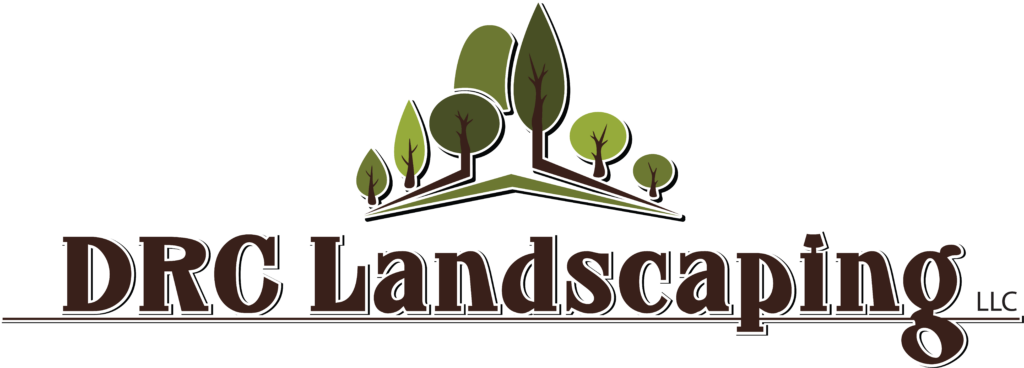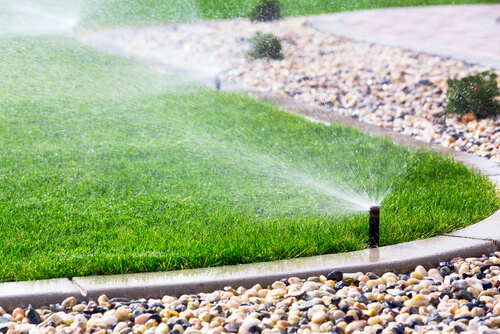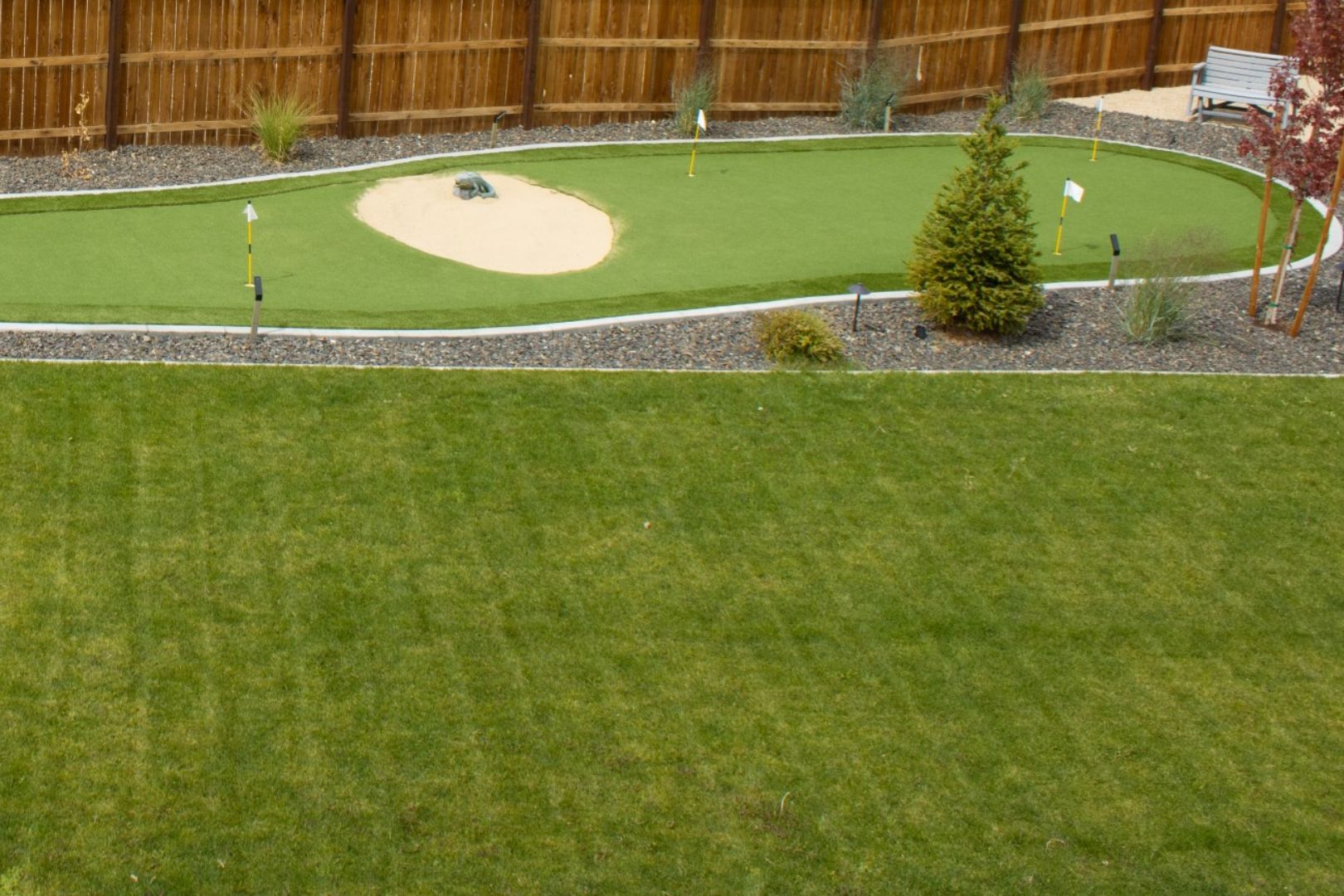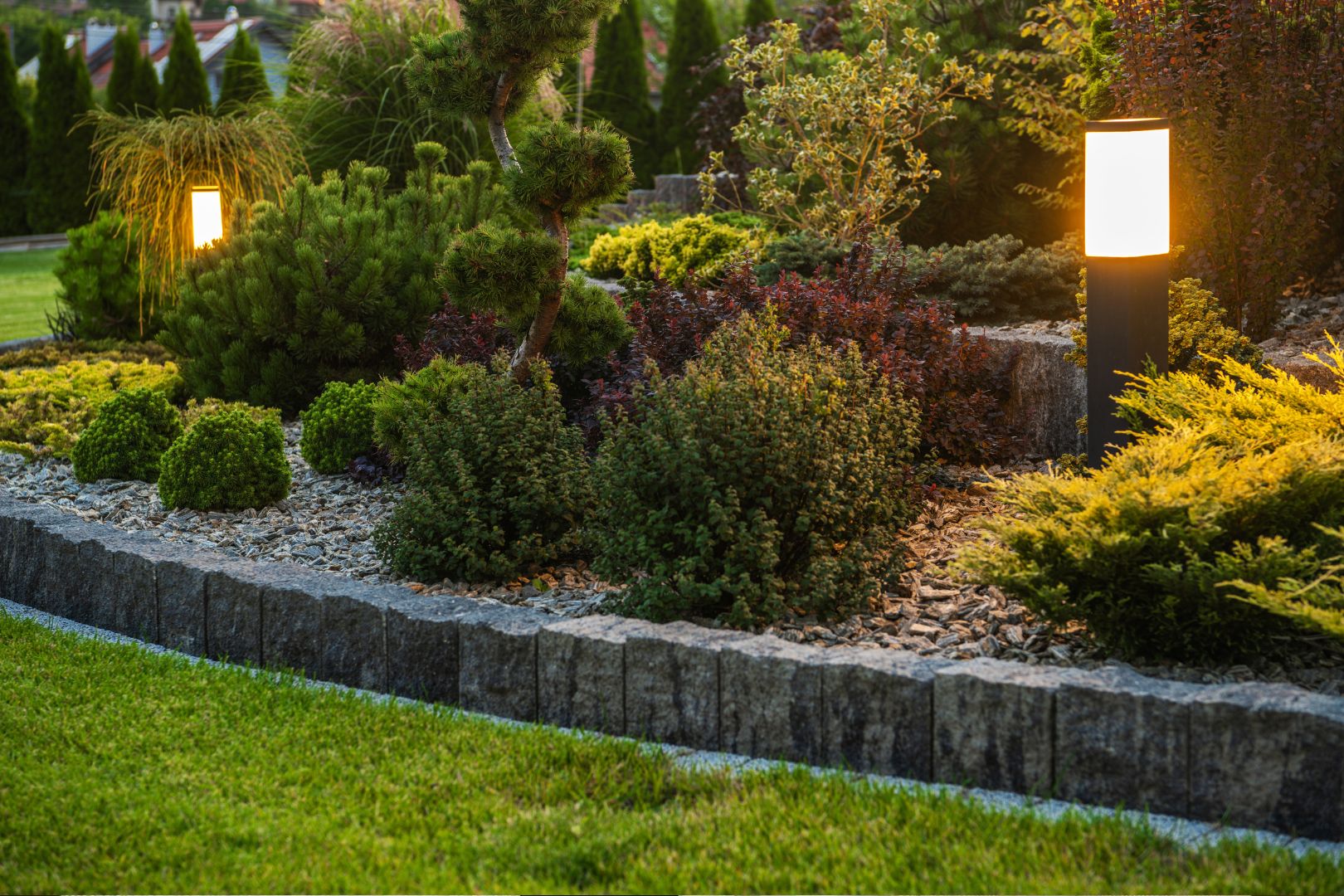Efficient Irrigation Systems to Use in Northern Nevada
As any Reno resident can tell you, Northern Nevada has one of the country’s driest climates. We only receive 9 inches of rain a year, so homes across Washoe County rely on modern irrigation methods to maintain their lawns.
Naturally, some of these irrigation systems are more efficient than others, and with droughts popping up across the Western U.S., Nevada homeowners want to maintain their lawns responsibly. The landscaping experts at DRC Landscaping want to help you irrigate responsibly, so let’s dive into the factors of efficient water usage and the different types of irrigation systems.
The Factors of Efficient Water Usage in Northern Nevada
Before we talk about efficient irrigation systems to use in Northern Nevada, we should talk about how you can best use and conserve water in your lawn. How your yard is landscaped and softscaped can have a drastic impact on the amount of water you need, so an extensive irrigation system can coincide with reducing your water intake.
The most critical factor of water usage is the plants you use to populate your garden. Plants that aren’t native to Reno’s climate often require more water, so households that plant turf, palms, and cypress trees end up with a higher utility bill. Younger plants also need more water, since they have a less-developed root system.
Additionally, the type of soil you use can significantly impact water usage. Mulch and gravel can help retain moisture in your soil, preventing erosion and nutrient runoff.
Finally, considerations for biodiversity and organic practices can help reduce your water intake and maximize the nutrients in your soil. For more information, learn about the principles of xeriscaping and how they might apply to your property.
5 Efficient Irrigation Systems for Northern Nevada Residents
The following irrigation systems will help you manage your lawn’s water usage – provided you install the right system.
1. Sprinkler Systems
- Area covered: large properties
- Watering time: early morning or late evening
- Drawbacks: higher evaporation rate
Traditional sprinklers are an excellent system for more extensive lawns, as the water can cover a large amount of area. Sprinklers come as both manual or automatic systems, giving homeowners extra options for their lawn care. Because the water from sprinklers tends to evaporate quickly, it’s best to water your plants at cooler times of the day.
2. Drip Irrigation
- Area covered: small properties
- Watering time: any time
- Drawbacks: short radius
Drip irrigation systems are great for delivering a precise amount of water to a specific area of your property. Because drip systems apply water directly to the soil, they save water, have less erosion, and have little evaporation. Because a drip irrigation system works best in small areas, they are not practical for more significant properties, unless set up in bulk.
3. Soaker Hoses
- Area covered: small or large properties
- Watering time: any time
- Drawbacks: not well suited for biodiversity
Soaker hoses are another great way to deliver water directly to the plant. A soaker hose snakes around the roots of your plants and delivers water through its semi-permeable hose. These systems can save water by avoiding evaporation. However, they should still be used only on large properties and during cold times of the day.
4. Rotor Systems
- Area covered: large properties
- Watering time: early morning or late evening
- Drawbacks: higher evaporation rate
Rotor systems are very similar to sprinkler systems, with the primary difference being that they stream water through the rotation. Rotor systems experience slightly less evaporation than traditional sprinklers, and the water they deliver is slightly more uniform, but they should still be used only on large properties and during cool times of the day.
5. Hand Watering
- Area covered: small properties
- Watering time: any time
- Drawbacks: high maintenance
A hand watering system is something much more straightforward than the other four systems. Hand watering simply involves using a garden hose or portable sprinkler to deliver water to a particular patch of land. Hand watering is cheaper, more water-conscious, and easily adaptable to biodiverse lawns, but it is also higher maintenance due to its manual nature.
Save Water with DRC Landscaping’s Help!
Don’t let drought deter you from having the most refreshing lawn this summer. Contact the water-saving pros at DRC Landscaping. Our team of landscapers and hardscapers will help you choose the best irrigation system and implement the best xeriscaping tactics for your Northern Nevada property. Reach out today!



